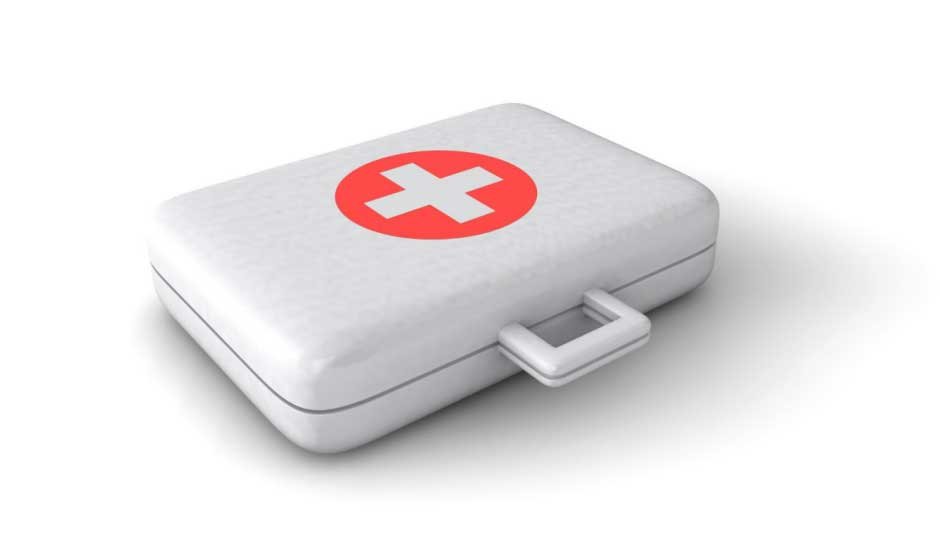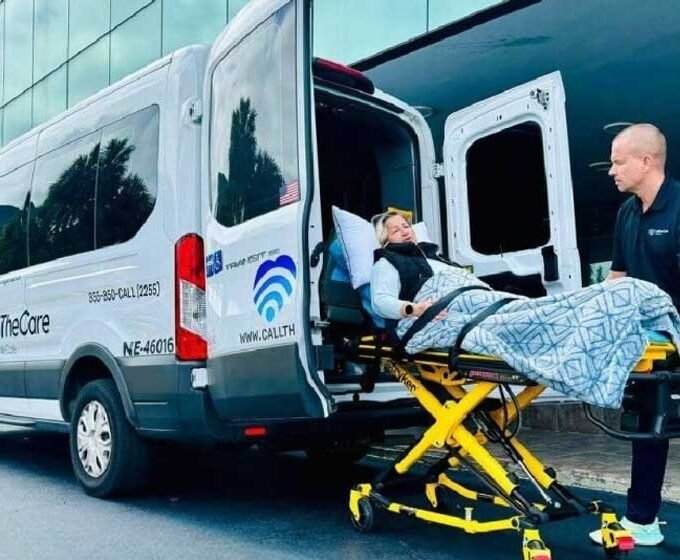Did you know that the first aid market growth is projected to reach $46.83 billion by 2034? This shows the growing importance of first aid knowledge.
Children are unpredictable, and emergencies can happen anytime. From small scrapes to serious accidents, first aid skills are essential.
Knowing what to do can keep your child safe. It also helps calm a stressful situation.
In this article, you’ll learn key first-aid skills every parent and caregiver should know. Keep reading to learn more.
CPR for Children
CPR is a life-saving skill. It can double or triple a child’s chance of survival during cardiac arrest. CPR helps keep blood flowing to the heart and brain until help arrives.
Child CPR is different from adult CPR. Learn the right techniques and rhythms for children.
Quick action can make all the difference. Taking a CPR class can help you feel prepared.
Choking Relief
Choking is common in young children. Toddlers often put objects in their mouths. Knowing how to help can save a life.
For older children, use the Heimlich maneuver. For infants, use back blows and chest thrusts. Each method is different but equally important.
Practice these techniques to stay prepared. Staying calm is key in an emergency. Quick action can prevent serious harm.
Wound Care
Cuts and scrapes are common in children. Cleaning and covering wounds helps prevent infection. Knowing how to treat them is important.
First, wash your hands. Clean the wound with soap and water. Cover it with a sterile bandage.
Check the wound daily for redness or swelling. If it looks infected, seek medical help. Keeping wounds clean helps them heal faster.
Treating Burns
Burns can be minor or severe. Quick action is important. Knowing what to do can help prevent further damage.
For minor burns, run cool water over the area. Cover it with a sterile, non-stick bandage. Avoid using ice or butter on burns.
For serious burns, get medical help. Proper care can help with healing and pain relief.
Understanding Allergic Reactions
Allergies can cause serious reactions. Quick action is important. Knowing the signs can help save a life.
Watch for trouble breathing, swelling, or hives. These symptoms need fast treatment. Always have emergency medicine nearby.
If your child has allergies, keep antihistamines or an epinephrine pen ready. Learn how to use them correctly. Acting fast can prevent a life-threatening situation.
Recognizing Signs of Illness
Knowing the signs of illness is important. Watch for fever, vomiting, or dehydration. Recognizing symptoms early can help prevent complications.
Stay calm and observe your child’s condition. Check for changes in behavior or energy levels. Trust your instincts if something feels wrong.
Some illnesses can be treated at home. Others may need a doctor’s care. When in doubt, seek medical advice.
For additional guidance on first aid training, consider enrolling in a certification course, such as MyCPR NOW CPR/First Aid Certification. This will enhance your knowledge and skills.
Be Proactive for Your Child’s Safety and Learn First Aid
Learning first aid helps parents stay prepared. It gives confidence in emergencies. Being ready cannot stop accidents, but it helps in tough situations.
It is never too late to learn. Knowing what to do can protect your child. It also gives you peace of mind.
Did you find this blog post helpful? If so, feel free to explore more of our blog!
















